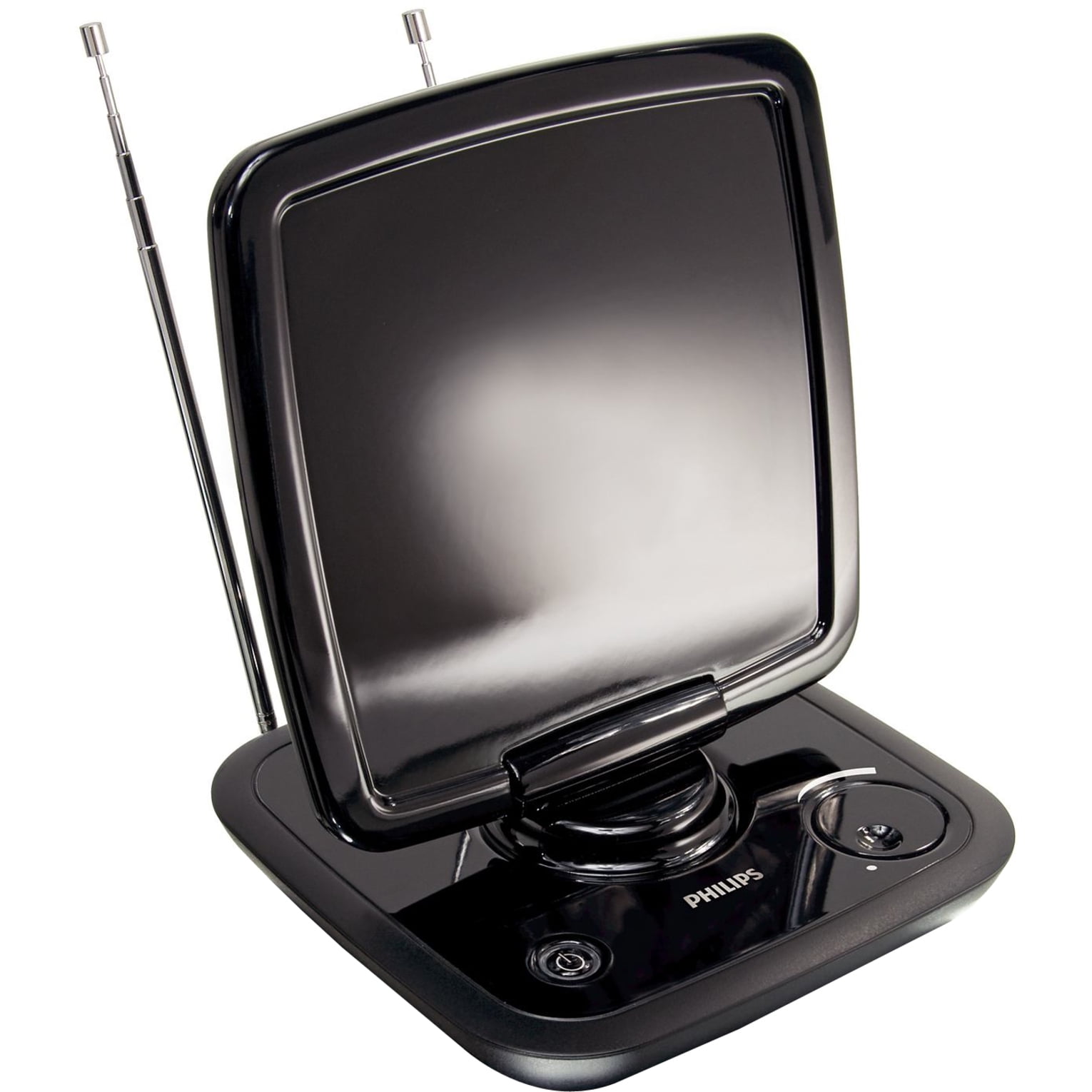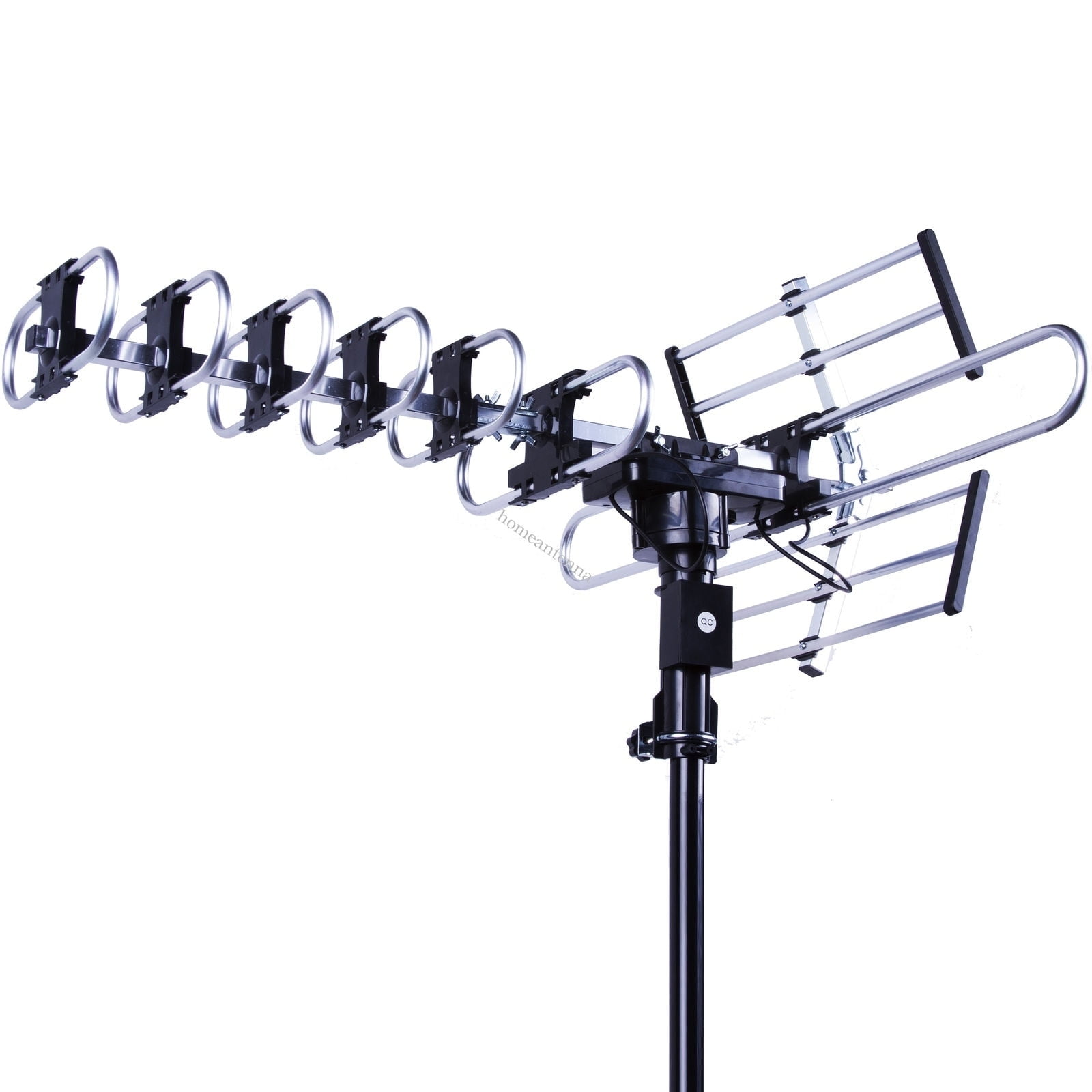

For example, moving it away from other objects or placing it higher or lower can often improve reception. Be sure to move the antenna slowly to allow time for the signal received by the digital TV tuner to be displayed.

DTV reception can often be improved just by changing the location of your current antenna, even as little as a few inches. Antennas typically need to be oriented or "aimed" to get the best signal from the desired station.Digital-to-analog converter boxes do not contain additional antennas or signal amplification. Check with retail consultants and consumer websites to make sure that any antenna you choose provides good reception of both VHF and UHF channels.Įven if you use a digital-to-analog converter box, you will still need to use an antenna to receive DTV signals. Many of the antennas being sold as "HDTV Antennas" perform best at receiving UHF signals, but perform less well receiving VHF channels. For example, indoor "rabbit ears" usually need to be augmented with an additional "wire loop" or "bowtie" antenna (see images in next tab) in order to pick up signals on UHF channels. Some antennas only provide good reception of VHF or UHF channels, but not both. To receive DTV signals from all stations in the area, your antenna needs to be able to receive both VHF channels (channels 2-13) and UHF channels (channels 14-36). Almost all of the TV stations affected finished transitioning in July 2020.) ( Note: An auction of spectrum that had been licensed to broadcast television stations operating on UHF TV Channels 38-51 resulted in many TV stations on these channels transitioning to other channels.


 0 kommentar(er)
0 kommentar(er)
